What is forging
Author: SAIVS Date Published: Oct 10,2023
What Is Forging?
Forging is a term that can have different meanings depending on the context.
In general, forging refers to the process of shaping metal using localized compressive forces.
It involves heating the metal to a high temperature and then applying pressure to shape it into a desired form.
In the context of blacksmithing and metallurgy, forging typically involves heating a piece
of metal until it becomes malleable or reaches its plastic state.
The heated metal is then placed on an anvil and shaped using various tools such as hammers,
anvils, and tongs. This process allows for precise control over the shape and structure
of the metal, making it suitable for creating complex shapes or strengthening materials.
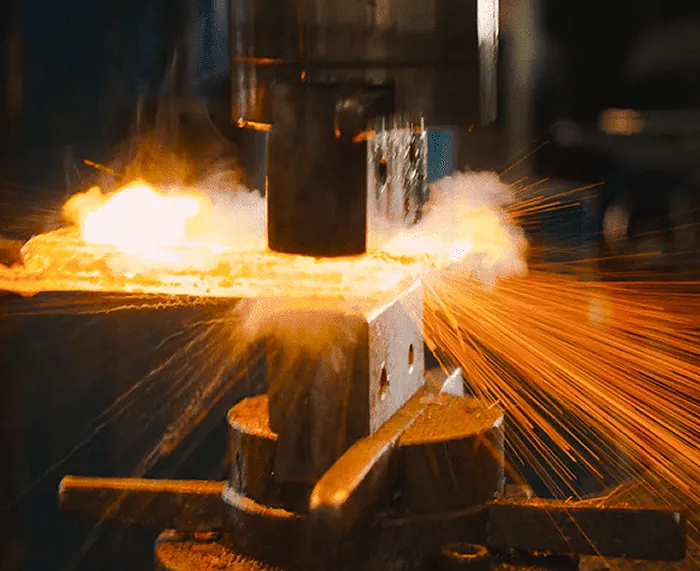
Different Types Of Forging
There are several different types of forging processes, each suited
for specific applications and desired outcomes. Here are some common types of forging:
1. Open Die Forging: Also known as smith forging or hand forging, open die forging
involves placing a heated metal between two flat dies and then shaping it by repeated hammer blows.
The metal is not completely confined within the dies, allowing for deformation in multiple directions.
Open die forging is often used to produce large, custom-shaped components such as shafts, discs, and cylinders.
2. Closed Die Forging: Closed die forging, also called impression-die forging or precision forging,
involves shaping metal within a set of dies that contain cavities mirroring the desired shape of the final product.
The heated metal is placed between the dies and compressed to fill the cavities under high pressure.
This process allows for precise control over shape and dimensional accuracy.
Closed die forging is commonly used to manufacture small-to-medium-sized parts
with complex shapes like connecting rods, gears, and crankshafts.
3. Upset Forging: Upset forging involves increasing the diameter or thickness of a metal
workpiece by compressing its length using an upward force applied to one end while holding the other end fixed.
This process creates a bulge or enlargement in the workpiece's diameter
or thickness at one end while reducing its length proportionally.
4. Roll Forging: Roll forging utilizes cylindrical rollers with shaped contours to
gradually shape heated metal into desired forms as it passes through them under pressure.
This process is commonly used for producing long cylindrical parts like shafts or axles.
5. Press Forging: Press forging uses hydraulic presses instead of hammers to apply force
on heated metals against dies in order to shape them into specific forms accurately and efficiently.
6. Cold Forging: Unlike most other types of forgings that involve heating metals prior to shaping them,
cold forgings are performed at room temperature or slightly elevated
temperatures without heating the material extensively beforehand.
How Does Forging Benefit Your Product?
Forged products are known for their superior structural and impact strength compared to items
manufactured through other processes. This is primarily due to the
unique characteristics developed during the forging process.
One key factor contributing to the increased durability of forged products is the reduction in metal grain size.
During forging, the metal undergoes plastic deformation under high pressure, which leads to a refinement
of the grain structure. Smaller grain sizes result in improved mechanical properties,
such as increased strength and toughness. Additionally, the atoms within the metal align along
the direction of forming, enhancing its structural integrity and ability to withstand shocks and stress over time.
Furthermore, forging helps improve material properties that contribute to better quality components.
The process promotes grain orientation and uniformity throughout the metal piece, ensuring consistent
mechanical properties across its structure. Compared to other manufacturing methods like casting or machining,
forged products exhibit fewer flaws, such as voids or porosity, which can compromise their integrity.
The surface finish of forged components is generally smoother and more refined.
In terms of cost-effectiveness, although forging may involve higher upfront costs due to equipment
and tooling requirements compared to some other manufacturing processes, it offers long-term cost savings.
The durability and higher quality of forged products reduce repair or replacement expenses associated with
defects or failures during service life. Moreover, advancements in forging technology have introduced
automation capabilities that streamline production processes and reduce overall machining
time, making it a competitive option for low-cost manufacturing.
Why Choose SAIVS™ as Your Supplier?
1.Superb Quality Control Management
At SAIVS, we take pride in our perfect quality management systems and procedures, which guarantees the excellent performance of all our producs, being a professional Investment Casting | Die Casting| Sand Castingmanufacturer in China.
2.Rich Production Experience
With 20 years of experience in production, SAIVS has a deep understanding of the market and trends, and strives for continuous research and innovation. This has created advantages in both the product's performance and appearance.
3.Competitive Prices
As a Chinese factory committed to becoming the most cost-effective Investment Casting | Die Casting| Sand Castingexporter in China, SAIVS provides high-quality products at advantageous prices. By lowering costs and increasing efficiency, we ensure that our customers receive the best possible value for their investment.
4.Perfect After-sales Service
At SAIVS, we strive to provide superior customer service that meets and exceeds expectations. We are always available for any questions or concerns you may have, and we stand by our commitment to providing excellent after-sales support.
Related Posts
-
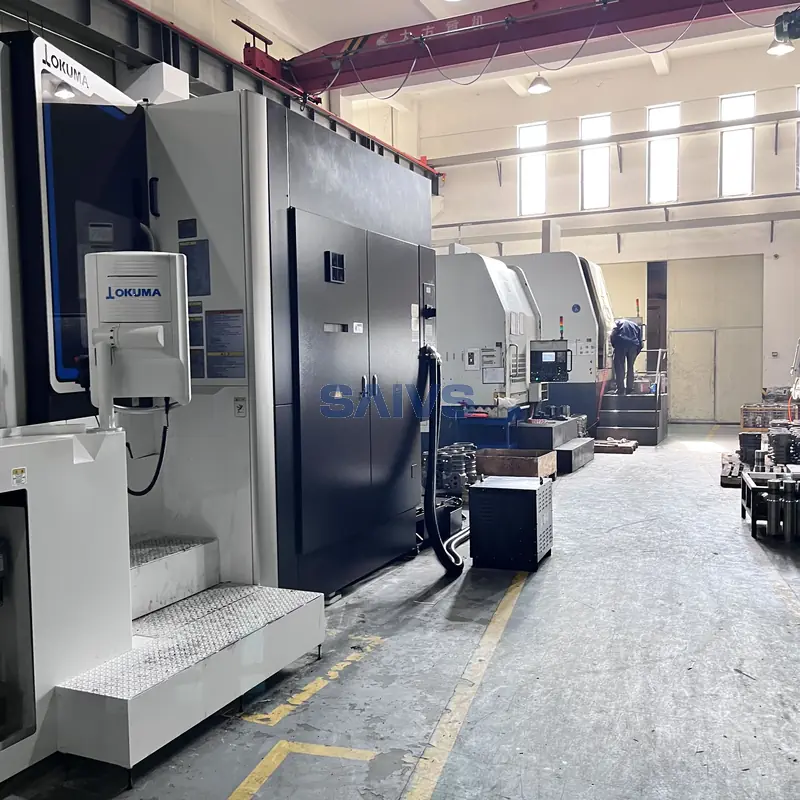
Complete Guide to Metal Manufacturing Methods: Die Casting, Forging, Machining and More
Comparing Common Metal Manufacturing Processes: Die Casting, Forging, Machining & MoreMetal parts production relies on a variety of manufacturing technique
-
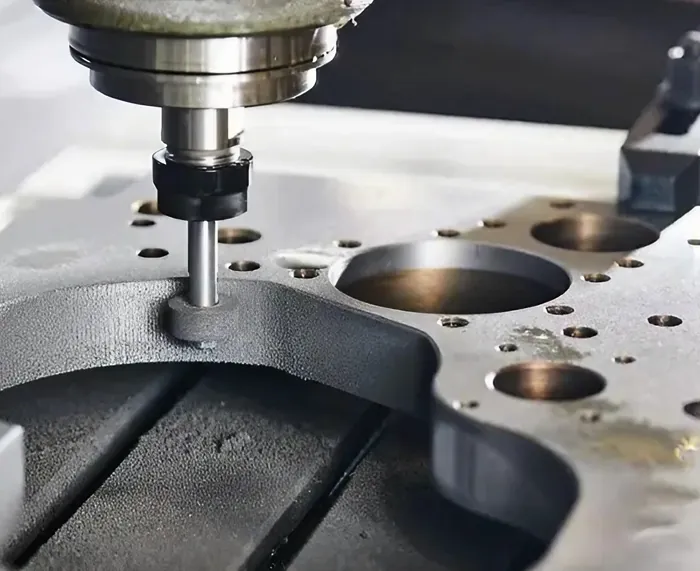
Understanding Surface Roughness in CNC Machining
Learn about its importance, measurement, and impact on CNC machined parts, and explore various surface finishes and their applications.
-
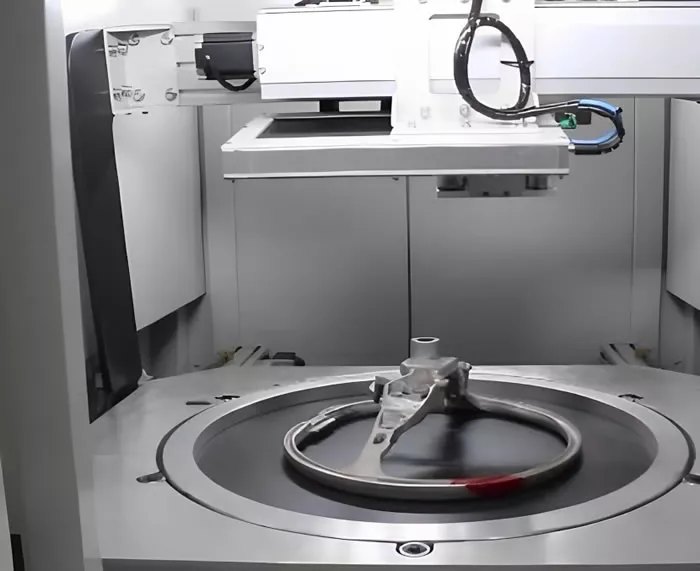
X-ray detection of internal defects in die castings
Aluminum castings are widely used in industries such as automotive parts, mechanical manufacturing, computers, electronics, medical equipment, watch instruments...
-
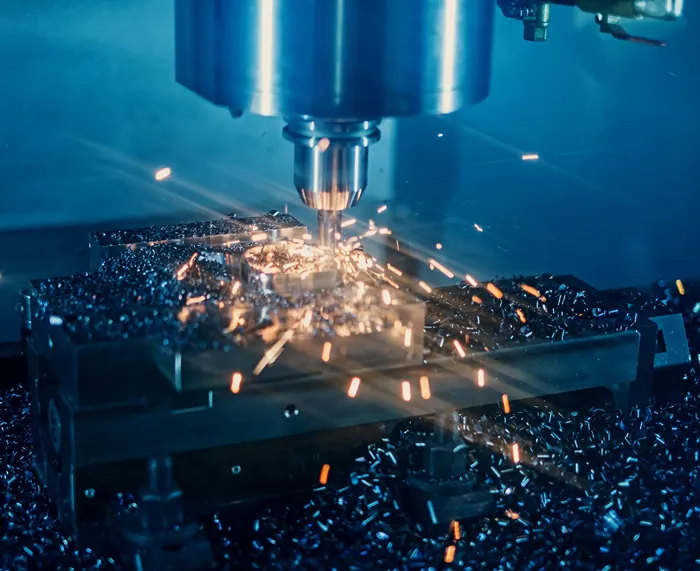
Safety Guidelines for Precision CNC Machining
This comprehensive guide covers training, PPE, machine maintenance, proper setup, emergency procedures, and more to ensure a safer and more efficient manufactur...
-
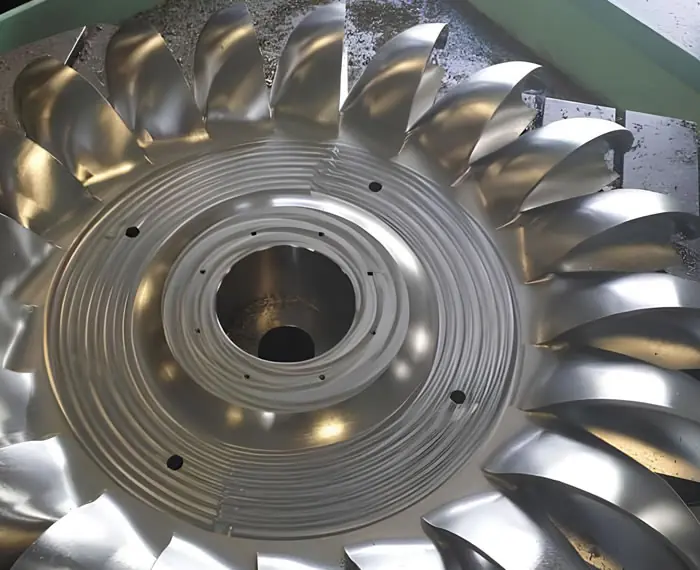
The Application of Rapid Prototyping Technology in Investment Casting
Rapid Prototyping (RP) technology, developed in the 1990s, has revolutionized the manufacturing industry by enabling the quick transformation of design con
-
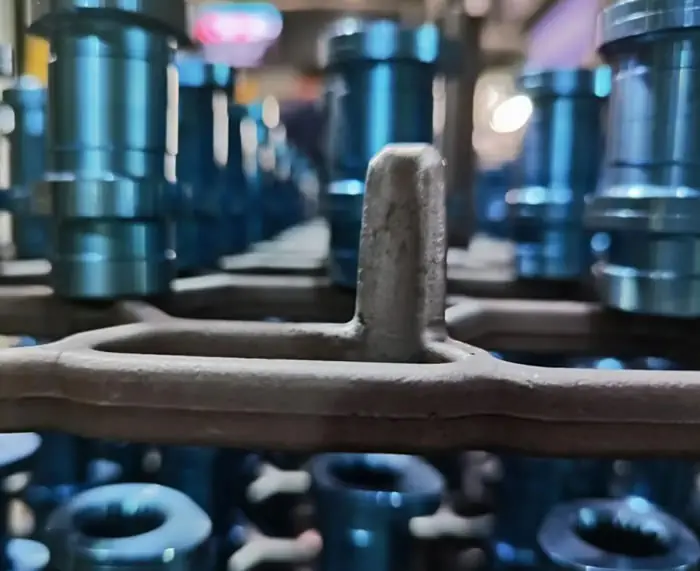
How Vacuum Prevents Oxidation in Steel Heating
Introduction:Vacuum furnaces are specialized equipment used in heating processes that take place under low-pressure environments. The unique feature of a v

